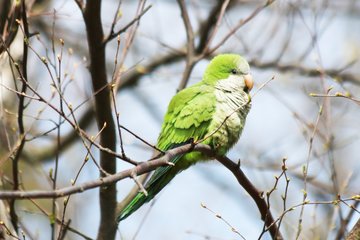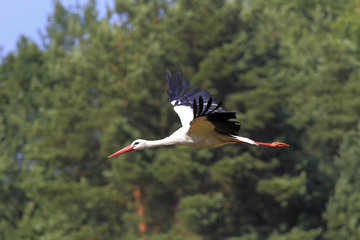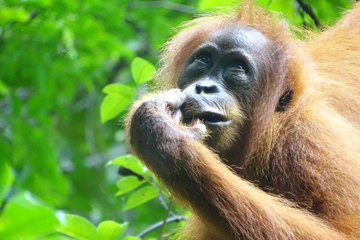Wild chimpanzees are sensitive to the sound properties of different woods
Accumulative stone throwing chimpanzees like tree species with a resonating timbre
An international collaboration of researchers from the Max Planck Institute for Evolutionary Anthropology in Leipzig, Germany, the CNRS Lab for Perception, Representations, Image, Sound and Music (PRISM) and the Lab for Mechanical Acoustics (LMA) in Marseille, France, has discovered that one of our closest living relatives is attuned to the sound properties of external objects in their natural environment, namely the wood of different tree species. Using a unique field experiment, the researchers found that chimpanzees living in Boé, Guinea-Bissau, use tree species for accumulative stone throwing behaviour that produce more resonant sounds when hit with rocks compared to other species available in the environment.
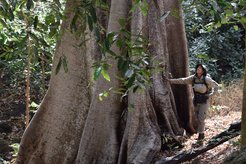
“Our results support a communicative function for chimpanzee accumulative stone throwing, a behaviour that left us quite perplexed when we first discovered it“, says Ammie Kalan, a primatologist at the Max Planck Institute for Evolutionary Anthropology. Kalan and her field team returned to the Boé, Guinea-Bissau, in 2017 with the support of the National Geographic Society after the AST discovery had been originally published within the context of the PanAfrican Programme.
Kalan and her team investigated the AST behaviour of wild chimpanzees by simulating the chimpanzee’s behaviour of throwing rocks at trees. “We compared the intrinsic sound or ‘timbre’ properties of the seven tree species chimpanzees were observed to use for AST with a selection of non-AST tree species. These non-AST tree species were chosen because they were similar in size, had similar bark morphology and were relatively abundant in the study area, suggesting they would have statistically been likely to be chosen for AST if chimpanzees were not paying attention to any other properties of these tree species”, explains Kalan.
Impressive sounds
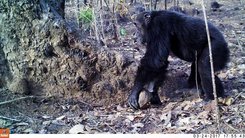
Since 2016, Kalan has been working together with researchers from PRISM and LMA to design the field experiments so that they would be suitable for analyses using PRISM’s algorithms for measuring impact sounds produced by striking different materials, like rocks thrown against trees. The researchers found a clear result: the AST tree species produced impact sounds with energies concentrated at lower frequencies and their timbre was less damped than that of non-AST tree species, meaning the sound lasted longer in the environment. “These timbre features create a more impressive sound for a listener and may also transmit further, although we still need to explicitly test the latter”, says Kalan.
The study provides the first evidence that AST has a communicative function although many open questions remain such as what, if anything, is the meaning of the behaviour and what kind of information might it transmit to other chimpanzees? “Only a fraction of the trees available of these species are actually used by the chimpanzees for AST. Next we will need to examine in detail the selection of individual trees and locations for AST which we hope will help uncover the remaining mysteries of this behaviour“, explains Kalan.
This work was funded by a National Geographic Global Exploration Grant and was made possible with the support of the Chimbo Foundation and the Instituto da Biodiversidade e das Áreas Protegidas of Guinea-Bissau.
AK










